WEEE Export Perspectives
In the Netherlands officially they are only just hitting the 4kg per capita per annum figure because municipalities are creaming off the metallic fraction and selling the WEEE through scrap merchants while the PCSs are saying that all WEEE should be going through them.
The Netherlands is concerned that WEEE is being exported as re-usable equipment but it has proven difficult to cut down on these activities partly because the equipment is being purchased from organisations, through internet sales and from retailers and then traded at value but no-one is checking whether the equipment is functioning or not.
In the Netherlands research has shown that 20-30% of items delivered to municipalities are still capable of further use
Jeff Cooper
With the context of the recent Greenpeace publicity about WEEE in Ghana the University of Delft has recently announced that it will be accepting back the computers it sent two years ago to Nigeria for further use in educational establishments for treatment and recovery in the Netherlands. In the Netherlands research has shown that 20-30% of items delivered to municipalities are still capable of further use, comparable to experience in the UK and several other northern European countries.
Sweden has a similar problem but as with so many other MSs because the municipal authorities are responsible for administration of the EU Waste Shipment Regulation the emphasis of the training from the Swedish EPA has been on ensuring that the appropriate paperwork is used, not checking whether the reusable EEE/WEEE is being legitimately exported.
Theft
Theft of WEEE from municipal sites is now less of a problem because there has been an increase in incomes in Russia and the Eastern European countries. At its worst WEEE arriving in Halmstad's household waste recycling centres not only had electric leads cut but when that failed each item was spray painted to render it unsuitable for sale as a re-usable item. In Halmstad they have equipped their latest Recycling Centre with a high tension and alarmed electric fence in order to deter intruders. This seems to be working to deter intruders.
Sweden probably has a greater problem with imports of waste, especially from Germany and Norway because the gate fees at its incineration plants are typically €70-80 tonne rather than the €150-200 found in Germany.
Finland has got round the problem of a lack of incentive for municipalities to pass on WEEE for proper treatment and recovery by producers providing Euro85 for every tonne of WEEE taken off site for treatment. Finland has 200 municipal collection points for WEEE and 100 private ones.
With treatment of fridges, especially the approach to propane fridges, there is contrasting policies in Finland and Sweden. Sweden allows propane fridges to be processed through normal shredders while Finland puts both through its main fridge treatment at the same time.
Finland is doing this because the fridge treatment plant is next to the high temperature hazardous incineration plant and therefore the treatment plant is linked by pipeline to enable destruction of the CFCs and other gases within seconds. Brazil is currently evaluating a similar system.
Helsinborg Bio-gas plant
The NSR (Nordvastra Skanes Rehallnings AB 2003) company provides waste management facilities for the town of Helsingborg and for 6 surrounding municipalities. Helsingborg has about 125,000 inhabitants and the company serves at total population of 225,000 and employs 105 people. The Filborna waste processing site is over 80ha in extent and has 30 different process lines. The site can process up to 800,000 tpa of waste and processed waste. Each year 350-450,000 tpa of waste is taken in, of which the minority is household waste, 50,000 tpa, 50,000 tpa for recycling, 45,000 tpa of hazardous wastes and 25,000 tpa of compostable waste.
The company is still allowed by the Swedish EPA to landfill household waste despite a long-standing national directive to stop the landfill of organic waste. While some household waste is transported for incineration in neighbouring settlements there is insufficient capacity regionally to take more than a small fraction of NSR's residual household waste.
Therefore NSR has been planning for the development of an incineration plant with 120,000 tpa capacity, up to 50,000 tpa of household waste and up to 70,000 tpa of commercial and industrial wastes, with small amounts of sewage sludge, slaughterhouse waste and even ashes from the on-site wood-chip fuel plant also to be subject to thermal treatment. If approved by the politicians this autumn it will probably be 2013 or 2014 before the plant will be opened.
Landfill gas
Another interesting aspect of the NSR waste processing portfolio is that the gas from the landfill site is used as a power source. The Helsingborg landfill site was the third of Sweden's landfills to utilise its landfill gas starting in 1985.
Our main purpose in going to the site was to view the “bio-gas facility” as they call it but which we would refer to as an AD plant. The plant was first developed in 1996 and its first two digester tanks were flown in by a Russian helicopter from an old sugar refinery.
A third equally sized tank of 1,000m3 was installed in 2007 to double the AD plant's capacity to 80,000 tpa. In 2008 the plant was expected to accept 38,000 tonnes of biodegradable wastes from households, food processing facilities and agriculture, especially pig manures, 4,000 tonnes in 2008. All the bio-waste has to be capable of being pumped or first go to the preliminary treatment plant, which can deal with packaged food products and the plastics are extracted at that point.
It is only from 2002 that all of the municipalities have established food waste collection facilities with Helsingborg being the last in autumn 2008. The household bio-waste collections are fortnightly, which were “a bit smelly this year” with this part of Sweden having a very warm summer according to Asa Winkler, NSR's Produktionschef. At their maximum food collection rate it is estimated that only 25% of the plant's throughput would come from household sources.
The processed waste has to be subjected to temperatures of over 70oC for an hour to meet EU animal by-products regulation. The heat necessary for this operation comes from a wood chip burning facility close to the AD plant using wood waste processed elsewhere on the site. NSR decided that the methane derived from the plant was of greater value as a fuel for purposes other than its use for the pasteurisation of the AD plant's feedstock.
Although there have been generous subsidies for the development and expansion of municipal AD facilities from the Swedish government the previous general manager of the NSR decided that he would not take advantage of these incentives to prove that the plant would be economic without subsidy.
The only government subsidy which has been used is for the SEK120m (£10m, €12m) pipeline for the transfer of the bio-fertiliser from the plant to 5 farming units and for the most recent plant expansion. SEK11-12m (£1m) was provided to assist building the pipeline. Thanks to the rapidly rising costs of artificial fertilisers over the past 2 years there are now more farmers interested in taking this bio-fertiliser.
Residues
One of the most interesting aspects of the NSR AD plant is that it does not generate any solid residue from the process. Technically the solid residue, less than 10% of the total output, is incorporated into the 25,000 tonnes of liquid bio-fertiliser generated in 2008 and pumped out to the farm storage tanks from which it is taken out to the fields by tractors and bowsers. Overall the pipeline saves some 25,000km of lorry movements. At present any excess bio-fertiliser from the plant is transported by tanker to farms not linked to the pipeline network.
In future, as the plant's throughput increases so greater emphasis will be placed on linking in even more farming units to the pipeline in order to assure a better balance between the supply and demand for this increasingly valuable bio-fertiliser. The bio-fertiliser is sold for a few SEK per tonne, insufficient to repay much of the costs of processing or the amortisation of the pipeline.
The gas is upgraded either for pipeline use or for vehicle fuel. The gas that comes from the plant is 75% methane and 25% carbon dioxide and this then has to be upgraded to 98% methane and no more than 2% CO2. At present 70 buses in the Helsingborg bus fleet and 30 buses in the regional bus fleet are running on this renewable fuel source plus the Helsinborg refuse collection vehicles. Indeed those vehicle owners able to utilise this fuel in their vehicles can purchase it from 2 pumps outside the waste processing facility for SEK9 per m3.
Sopopera
The Sopopera, Rubbish Opera ran from 4 to 14 September in the Gamla Tegelbruket, Old Brickworks on the outskirts of Halmstad and which has been adapted for public exhibitions and performances. Before the evening's performance a meal of local produce was available served on wooden “platters”, lengths of wood cut from spruce planks, which people could take away with them but the majority were discarded to go off to one of the two wood burning district heating boilers which supplement the incineration plant's heat output for Halmstad's district heating system.
The opera is about a man who attempts to tidy up his flat before a visit from his girlfriend and is shown the re-use and recycling option by the good angel rather than the dump it option advocated by the devil
The opera lasted for 90 minutes and played to capacity crowds of 500 almost every night. Unfortunately as the opera was in Swedish without English sub-titles it was difficult for this reviewer to follow the intricacies of the plot! Basically the story revolves around a man who attempts to tidy up his flat before a visit from his girlfriend and is shown the re-use and recycling option by the good angel rather than the dump it option advocated by the devil. The man is persuaded to do the right thing but his resolve falters when girlfriend arrives, announces she is pregnant and what the heck is he doing recycling things? It all ends happily ever after as he then influences her to join him on the path of environmental righteousness and the World is set to rights.





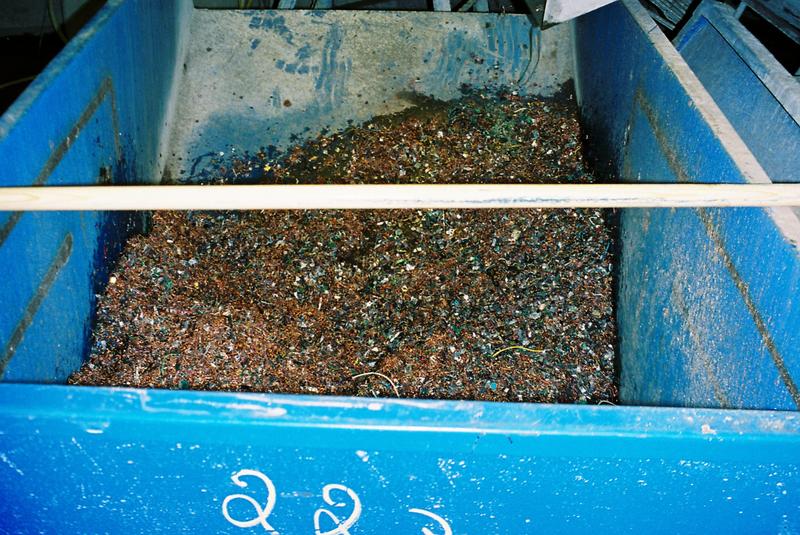
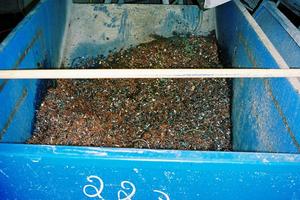
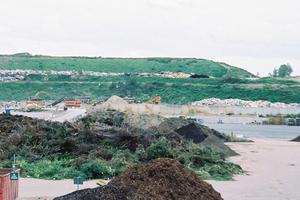

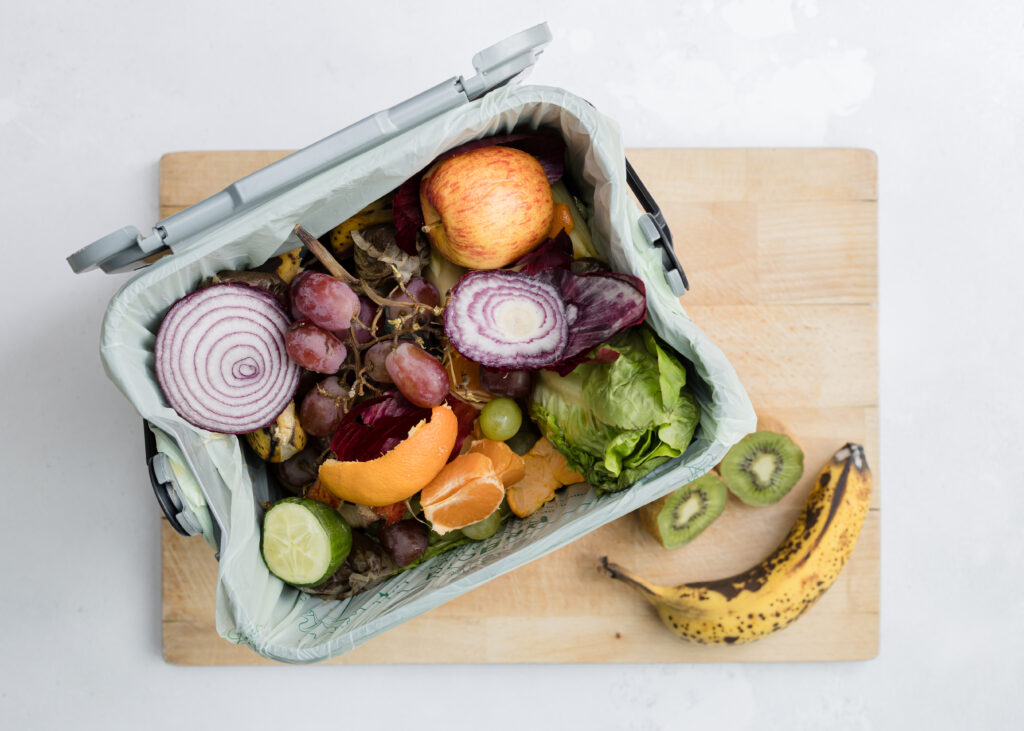

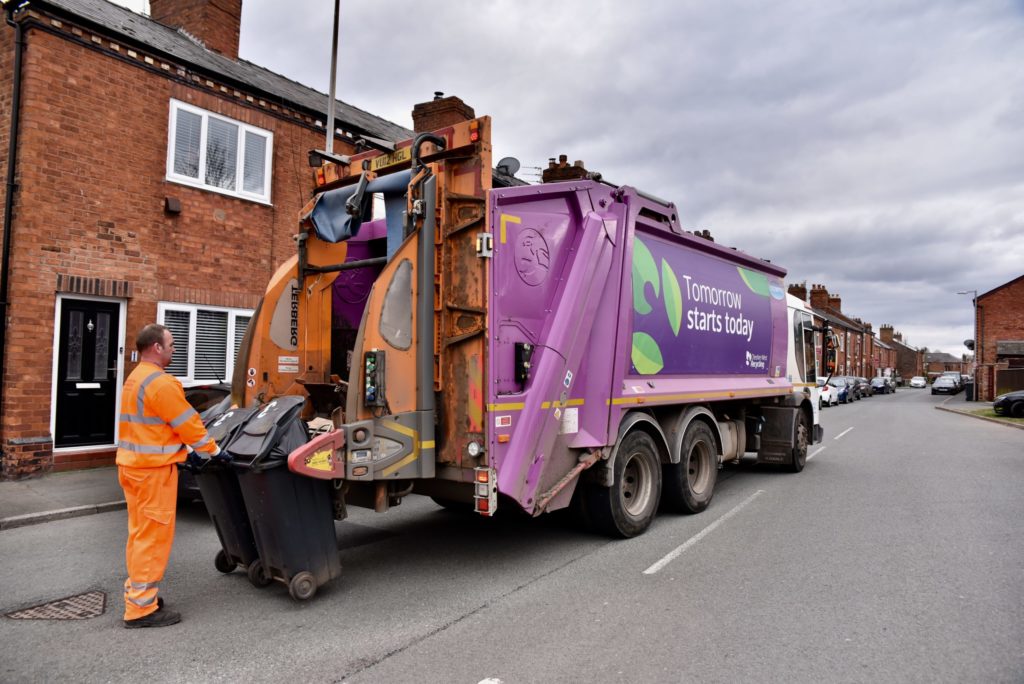

Subscribe for free